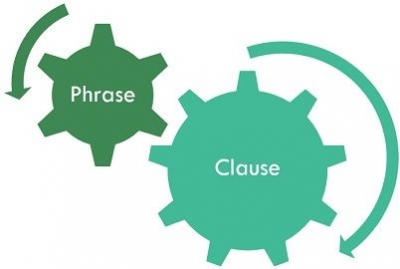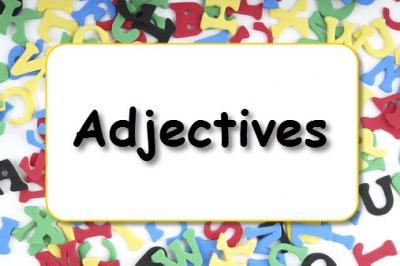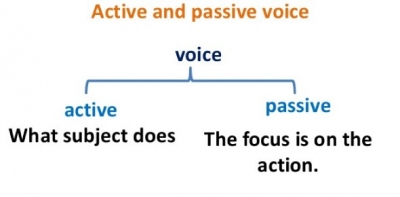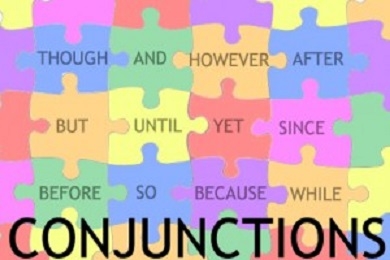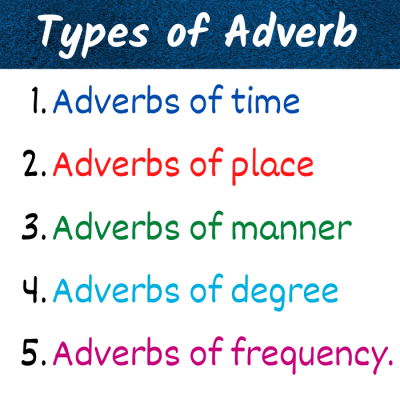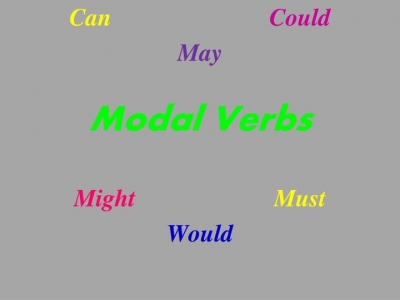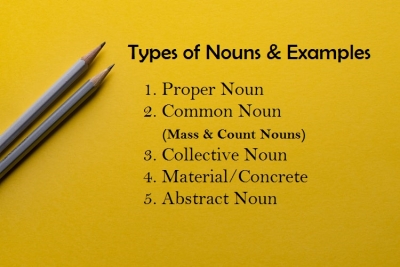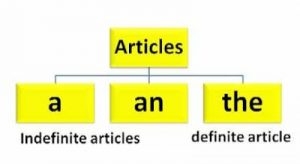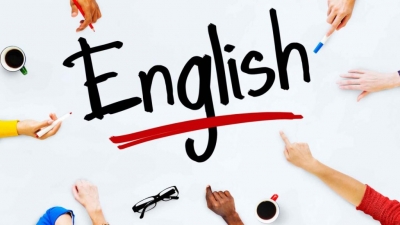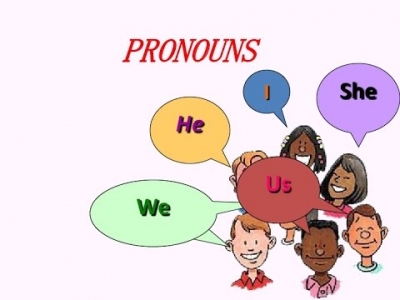
Pronouns replace nouns. They are used so that we don't have to repeat the nouns. A pronoun is a word that takes the place of or refers to a noun. You may recall that a noun is a word that names a person, place, thing, or idea. To cut down on repetitiveness, I can change my original sentence to: Janet has to study in order for her to get the job that she wants.
In this sentence, the word 'Janet' is a noun, and the words 'her' and 'she' are pronouns that replace that noun. There are several different types of pronouns. One type of pronoun is a personal pronoun that takes the place of a particular person or thing. In this lesson, we'll focus on two categories of personal pronouns.
There are different types of pronouns
1. Personal pronouns
A personal pronoun is a pronoun typically used to refer to a speaker or to the people or things that a speaker is referring to. Often, personal pronouns are used to replace proper names as in Olivia went to bed early because she (Olivia) worked hard today.
2. Possessive pronouns
A possessive pronoun is a pronoun that is used to express ownership or possession. For example, the word hers is a possessive pronoun in the sentence Charlotte noticed that Seth’s dog was bigger than hers. The word hers indicates that “Charlotte’s dog” (the noun phrase being replaced by the word hers) belongs to Charlotte.
3. Reflexive pronouns
A reflexive pronoun is a pronoun used as an object that refers to the same person or thing as the subject. For example, the word herself is a reflexive pronoun in the sentence Nina loves herself because it refers to the same person as the subject Nina; Nina loves Nina.
4. Indefinite pronouns
An indefinite pronoun is a pronoun that doesn’t specifically identify what it is referring to. For example, the word someone is an indefinite pronoun in the sentence Someone ate the last slice of pizza. We know that the pronoun someone refers to a human being but we don’t know any other information about them. Indefinite pronouns vaguely or generally refer to a person or thing.
5. Distributive pronouns
Distributive pronoun is a pronoun which denotes persons or things of group separately that's why they always become singular and followed by the singular verbs.
This pronoun is used to indicate all the members of representative group. Some of the distributive pronouns are like each, either, neither, everyone, any, none, no one, etc.
6. Reciprocal pronouns
A reciprocal pronoun is a pronoun that expresses a mutual relationship. Putting it another way, reciprocal pronouns refer to a situation where someone or something performs an action on others and receives the same action in return.
7. Relative pronouns
The first thing we should mention is that relative pronouns introduce relative clauses. A relative clause is a type of dependent clause (a clause that can’t stand by itself as a complete sentence). It adds extra information to a sentence. The five relative pronouns are who, whom, whose, which, and that.
8. Interrogative pronouns
An interrogative pronoun is a pronoun used to ask a question. For example, the word who is an interrogative pronoun in the sentence Who are you? Like most other pronouns, interrogative pronouns replace nouns in sentences. In the case of interrogative pronouns, they typically replace whatever or whoever the answer to the question is.
9. Demonstrative pronouns
A demonstrative pronoun is a pronoun used to point to specific people or things. For example, imagine there was a chair right next to you and a chair across the room from you. When talking about the chair nearer to you, you would say This is a chair. When talking about the chair far away from you, you would point to it and say That is a chair. In these sentences, the words this and that are demonstrative pronouns.
Let's take a closer look at some of these pronouns.
I, we you, they, he, she, and it are subjective personal pronouns.
Example: She is my sister.
Me, us, you, them, him, her, and it are objective personal pronouns
Example: I like her
- The pronouns mine yours, his, hers, ours, theirs, and its are called possessive pronouns they show to whom something belongs
- Reflexive pronouns point back to the speaker. Example: He hurt himself
- Emphatic pronouns give emphasis to the speaker. Example: He did the work himself
- The pronouns oneself, myself herself himself yourself yourselves, ourselves, themselves and itself can be used as reflexive or emphatic pronouns
- We use indefinite pronouns to refer to people or things without saying who or what they are. The indefinite pronouns are one all another, both none anybody, everybody, somebody, nobody, anyone, everyone, someone, no one, anything, something, everything, nothing, somewhere, anywhere, nowhere everywhere.
- Distributive pronouns describe the members of a group separately and not collectively. Each, either, and neither are distributive pronouns.
Picture Credit : Google


